You have no items in your shopping cart
How to Choose the Best Rotary Evaporator - Rotary Evaporator Buying Guide
- Posted on
- Posted in Buyers Guides, How To Guides, Rotovaps
- 0

Introduction to Rotary Evaporators:
Rotary evaporators, commonly known as rotovaps, are a mechanical or motorized mechanism that is a distillation device for researchers, scientists, lab technicians, and industrial professionals. Herein we will commonly use both terms "evaporation" and "distillation" interchangeably. Both essentially mean the same thing but evaporation can occur at nearly any temperature, whereas distillation is the maximum temperature. For example you cannot distill water at temperatures higher than 100°C unless your pressure is increased. Conversely you can distill water at lower temperatures when a negative pressure (vacuum) is applied.
There are many types of equipment that can perform a standard distillation; in this comprehensive Buyers Guide, we will explore the reasons to use a rotovap, how it works, its numerous benefits, different styles available, sizing options, and important considerations for chiller and pump selection. We'll also compare high-end German-made brands with lower price Chinese options while highlighting the unique advantages of Goldleaf Scientific rotary evaporators.
Why Use a Rotary Evaporator
The versatility of a rotary evaporator makes it an essential tool. These devices can efficiently evaporate or distill large volumes of solvent but are particularly useful for removing residual solvents or final drying. This versatility in applications makes it a common laboratory device where other standard distillation systems might be more specialized for specific applications.
In comparison to thin film distillation, rotary evaporators offer distinct advantages. Thin film distillation uses a stirrer to scrape or roll your solution against heated wall creating a thin film. This process is efficient for delicate, viscous samples, but is not suitable bulk distillation or when the sample contains solids.
When working with fine powders mixed with a liquid carrier, spray dryers spray the sample mixture into a heated gas stream. Powders in the sample quickly dry in a cyclone and fall into a collection container at the bottom. While useful in its own respect, spray dryers setups are best for extremely consistently sized fine powders in a liquid slurry, while a rotary evaporator is more versatile and would be used for bulk solvent removal to final drying.
When removing residual solvents or drying materials, a rotary evaporator has its advantages. Using the heated bath along the rotating evaporating flask causes a continuous film of materials to be deposited onto the interior surface of the flask. The thin film of material allows very efficient evaporation. As the flask is rotated the solution falls down the sides of the flask and replenishes the film.
How a Rotary Evaporator Works
Rotary evaporators employ several components for the distillation process. An evaporation flask is filled with the liquid mixture using a vacuum system to suction the solution into the flask. The rotary motor rotates the evaporation flask at a constant speed set by the user.
This heating bath provides precise temperatures and depending on their workload, a heating bath can be filled with either distilled water or an oil based heat transfer fluid.
A water bath will work for lower boiling point solutions which while an oil bath is best for solvents with a high boiling point. Using oil in the heating bath allows for higher temperatures, thus leading to faster solvent evaporation.
By using a rotating flask, the heat bath can be cranked up as higher since the solution will not be sitting in one place, preventing hot spots and burns. Agitation of the flask maximizes the surface area of the liquid, enhancing evaporation. When liquids are mixed by rotation, forced convection takes place and creates a uniform temperature throughout the sample.
A strong vacuum depth is crucial in lowering the boiling points of solvents, enabling evaporation or distillation at lower temperatures and preventing thermal degradation. This vacuum system also pulls solvent vapors through a vacuum tight conduit in the rotovap and into the cold condensers. We will discuss selecting the proper vacuum pump later in the article.
Cold condensers convert the evaporated solvent vapor back into liquid. Benchtop setups can be chilled using dry ice and acetone or alcohol to reach low temperatures.
For large setups of 20 liters and up, a high powered chiller is used to cool the inner coils. Later in the article we will discuss different types of chillers and how to select the best one for you.
A receiving flask is set at the bottom of the condensers. The recovered solvent is collected in this separate collection flask, making it easy to reuse or store for future applications.
Some solvents can even be reused multiple times. Alcohol for instance, can be used and recovered several times, but depending on the sample can become contaminated. Generally contaminations that are only within the same boiling range as the solvent are of concern. Water can be easily separated from the alcohol to a reasonable degree however maintaining your alcohol >90% will usually require fractional distillation or removal of the water with molecular sieves.
Why Rotary Evaporation is Helpful
A rotary evaporator is particularly helpful with faster recovery speeds while preventing degradation.
There is a technique that allows for constant solvent recovery by drip feeding your solution into the flask as the solvent recovery process is in effect. As you lose space in the rotary flask from evaporation, you can fill it in with solution and continue your distillation without stopping to refill.
Users are able to experience a high level of control over the process, by adjusting vacuum depth, temperature, and rotation speeds, resulting in consistent outcomes. If solvent evaporation is too fast to keep up with recovery in the condensers, users can slow down rotations and lower heat.
If the evaporation process seems to take longer than expected, distilling solvent can be sped up by increasing RPMs, raising temperatures in the bath, and setting a lower temperature in the condensers.
It is important to note, recovery rates and evaporation rates must match equally. If you are finding solvent fumes are making their way to the vacuum pump, than your evaporation rate is faster than your rate of solvent recovery. Thus, you must slow the evaporation to prevent alcohol from spilling onto the floor from the vacuum pump.
Smaller benchtop setups from 2 to 10 liters are great for testing in the medical and pharmaceutical fields. Larger rotovaps from 20 to 50 liters are great for commercial production where a process of removing solvents from your desired solution is a step of refinement. Usually after collecting the remaining substance from the evaporation flasks, this solution will go through another refinement process of filtration, distillation, or winterization.
Styles of Rotovaps
A rotary evaporator is available in various styles to cater to specific needs. They come with either water or oil baths. Water baths are generally more economical, while an oil bath offers superior temperature stability and RPM management since oils tend to splash less.
Some rotovaps, such as Goldleaf Scientifics, are equipped with pre-heat coils that warm your solution before it enters the flask, lessening the load on the evaporation flask.
Motorized flask lifting makes it easier to adjust the height of the evaporating flask, reducing the risk of spills or accidents.
Most rotovaps come with glass condensers for volatile solvents since there will be no chemical reaction. When customizing a rotary evaporator with Goldleaf, stainless steel tube-in-shell condensers are an option for large scale producers working with non-volatile solvents. These stainless steel condensers are less common, but will greatly increase recovery rate and nearly double the speed of the process.
Sizes of Rotovaps
Rotary evaporators are available in different sizes.
Benchtop rotovaps are ideal for small sample volumes medical testing and research purposes, offering small-scale distillation. These units range from:
5 Liter and 10 Liter sizes based on the sized boiling flasks. These smaller units can use dry ice in the condenser along with a low strength pump.
On the other hand, large rotovaps are suitable for commercial production in industries such as cosmetics and pharmaceuticals, providing high throughput and scalability. These typically range from:
20 Liters to 50 Liters and require a heavy duty pump and chiller since the condensers are too large for a dry ice option.
Chiller Selection
When selecting a chiller, ensure its temperature ratings match the requirements of your rotovap's heated bath. The cooling power of the chiller should also be sufficient to handle the maximum bath temperature of your rotovap.
Always take into account the Kw chilling power at your desired temperature when selecting chillers. Some chillers advertise reaching extremely low temperatures of -80c. While this is true, the Kw chilling power at this point is so low it will likely not even reach half this temperature when met with the heat load of solvent evaporation.
Depending on your application and selection of solvent, a chiller with at least 2.0kw of chilling power at -20c will generally meet most requirements for common solvents. Reach out to us directly with help selecting the best chiller for your type of solvent as there are too many options to list here in this article.
Pump Selection
Selecting the appropriate vacuum pump is crucial for the proper functioning of your rotary evaporator. Choose a vacuum pump that is compatible with the solvents used in your applications, ensuring it remains resistant to corrosion. Diaphragm pumps are preferred for their oil-free operation.
The pump size should be selected based on the capacity of your rotary evaporator. The larger the rotovap and solvent load, the higher CFM your pump will need to be. For smaller sized rotovaps from 2L to 20L, a pump with around 2 CFM will work.
When working with bigger 50L setups, especially for production purposes, a pump with upwards of 7 CFM may be needed. Again, please reach out to Goldleaf Scientific directly for help selecting a vacuum pump based on your application since there is a wide range of options.
Evaporation Rates
The evaporation rate in rotary evaporators varies depending on several factors. The type of solvent used, bath temperature, condensing power, size of the rotovap, and type of condensers all play a role in determining the evaporation rate.
For instance, water and alcohol evaporation rates can be determined in a 20L/50L rotovap to estimate processing times accurately. It's essential to consider these factors when planning and conducting distillation processes.
High-End Brands (German Made)
High-end rotary evaporators manufactured in Germany, are known for their durability. However, users in the USA may encounter challenges with no local service or repairs for these imported devices. Along with an extremely inflated price point, these rotovaps might not be the best option for users in North America working on a budget.
Low Price Brands (China Made)
The market is saturated with low-price, China-made rotary evaporators that may attract budget-conscious buyers. While these options may be affordable, they often lack quality and offer no after-purchase support. Users may experience operational issues without access to service or repairs.
How Our Brand Differs (Goldleaf Scientific)
Goldleaf Scientific stands out as a USA-based company offering local service and repairs, providing customers with peace of mind and timely support. The 1-year warranty offered by Goldleaf ensures the reliability and longevity of our rotary evaporators.
Goldleaf Scientific also offers unique customization capabilities, with an in-house machine shop and glass-blowing studio. This enables us to tailor their rotary evaporators to meet the specific needs of their customers, offering flexibility and personalized solutions.
Conclusion
Rotary evaporators are invaluable tools for various industries, offering precise and efficient solvent distillation from small-scale research to large-scale commercial production. For those seeking reliability, customization, and dedicated USA-based service and support, Goldleaf Scientific rotary evaporators are an ideal choice. Users can make informed decisions based on their specific requirements with the right rotary evaporator for their applications.


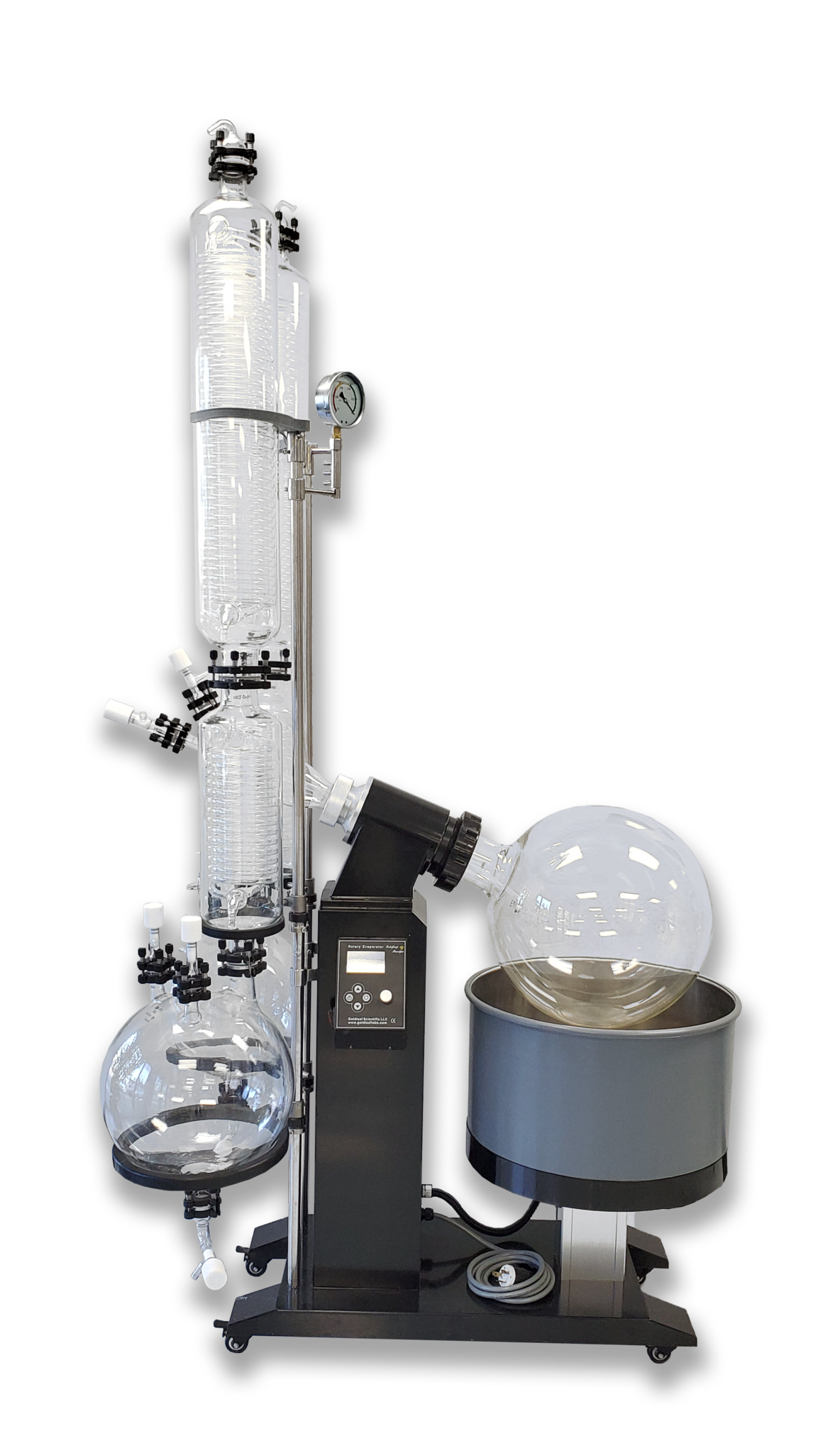
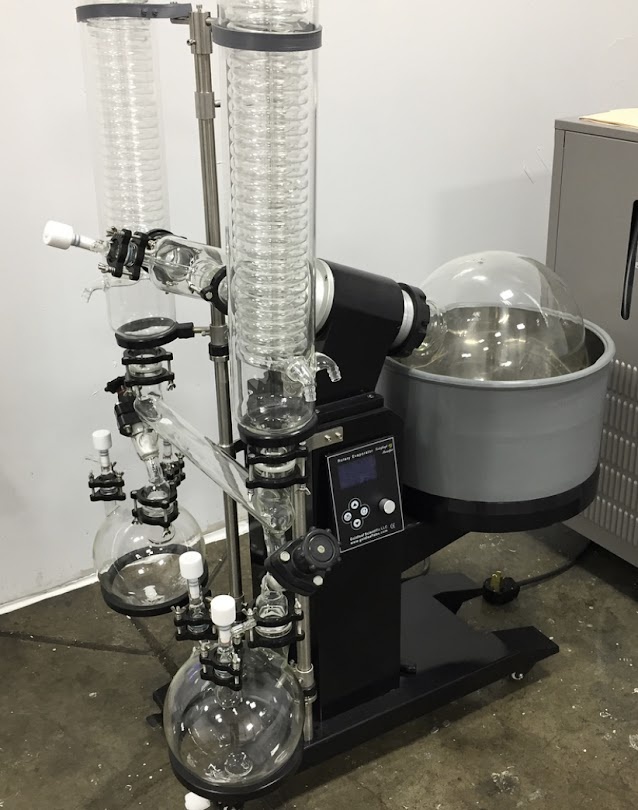
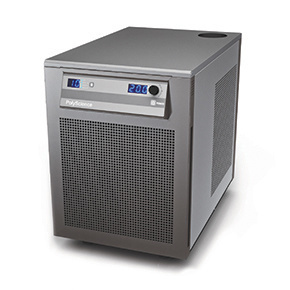
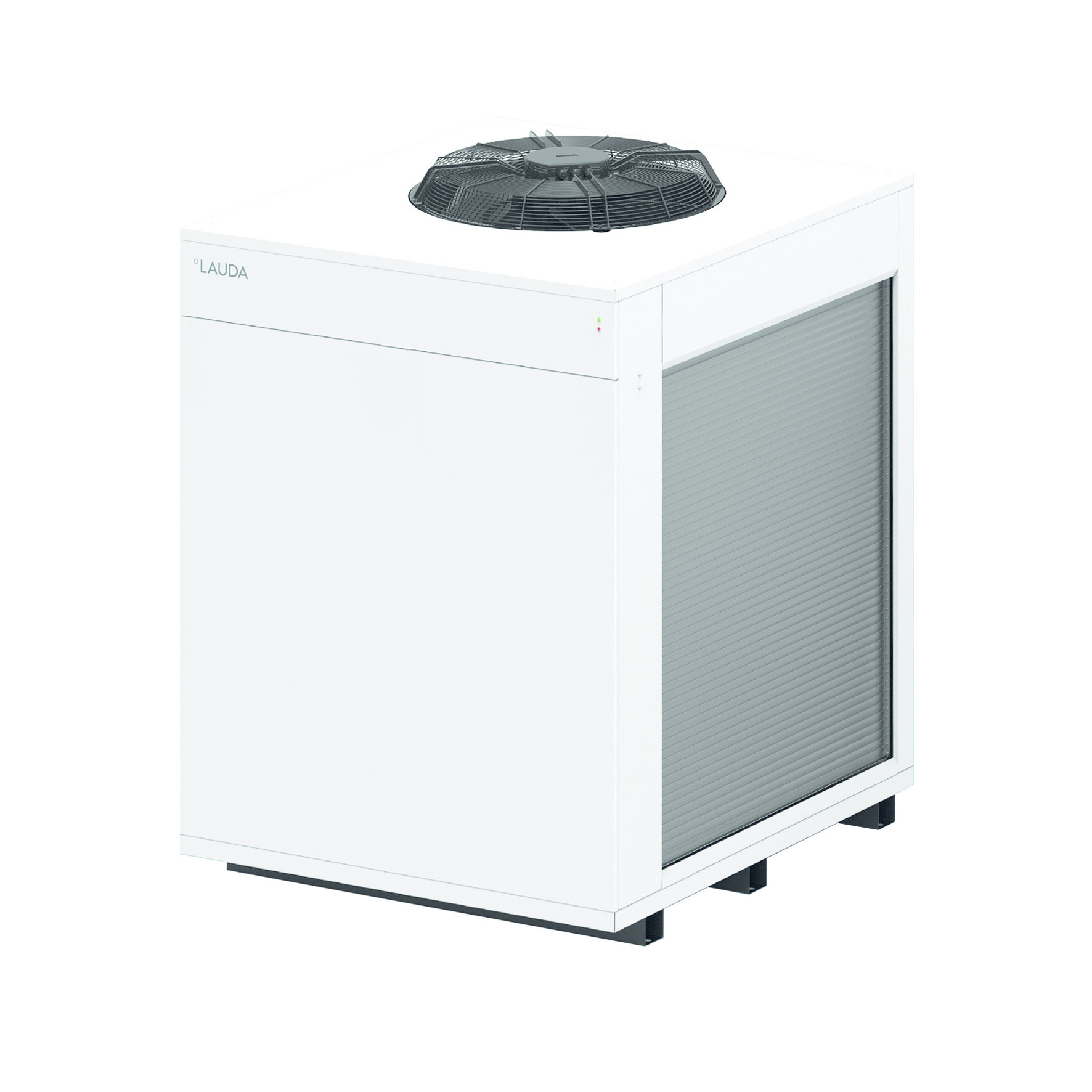
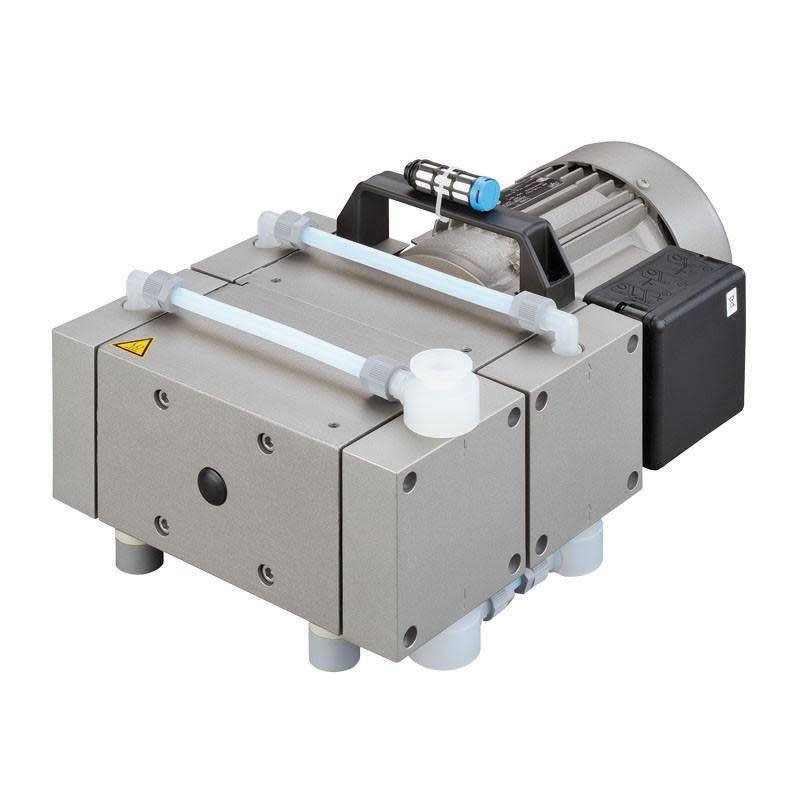
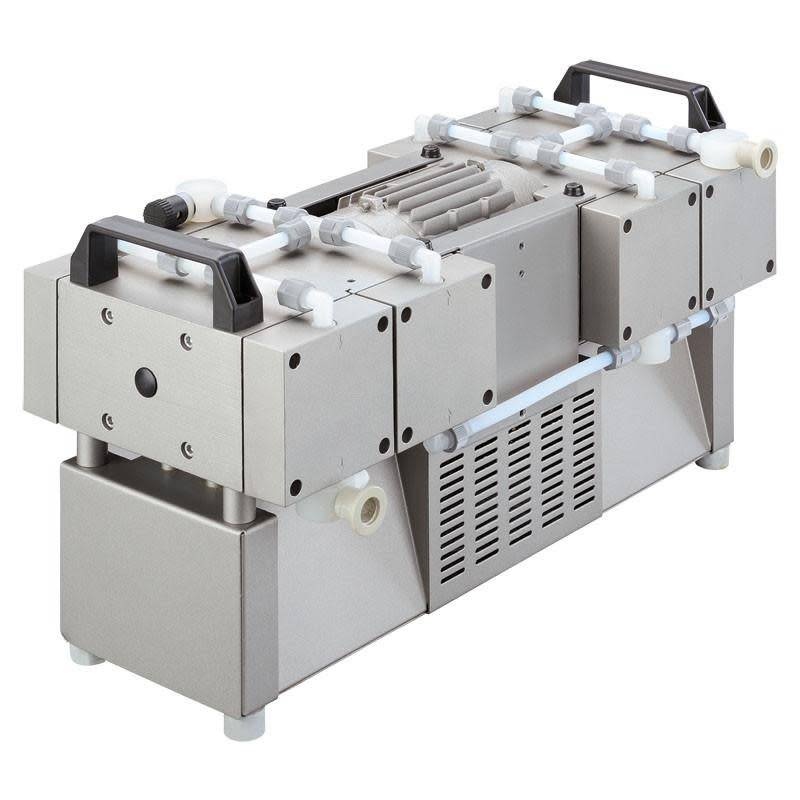

Comments
Be the first to comment...